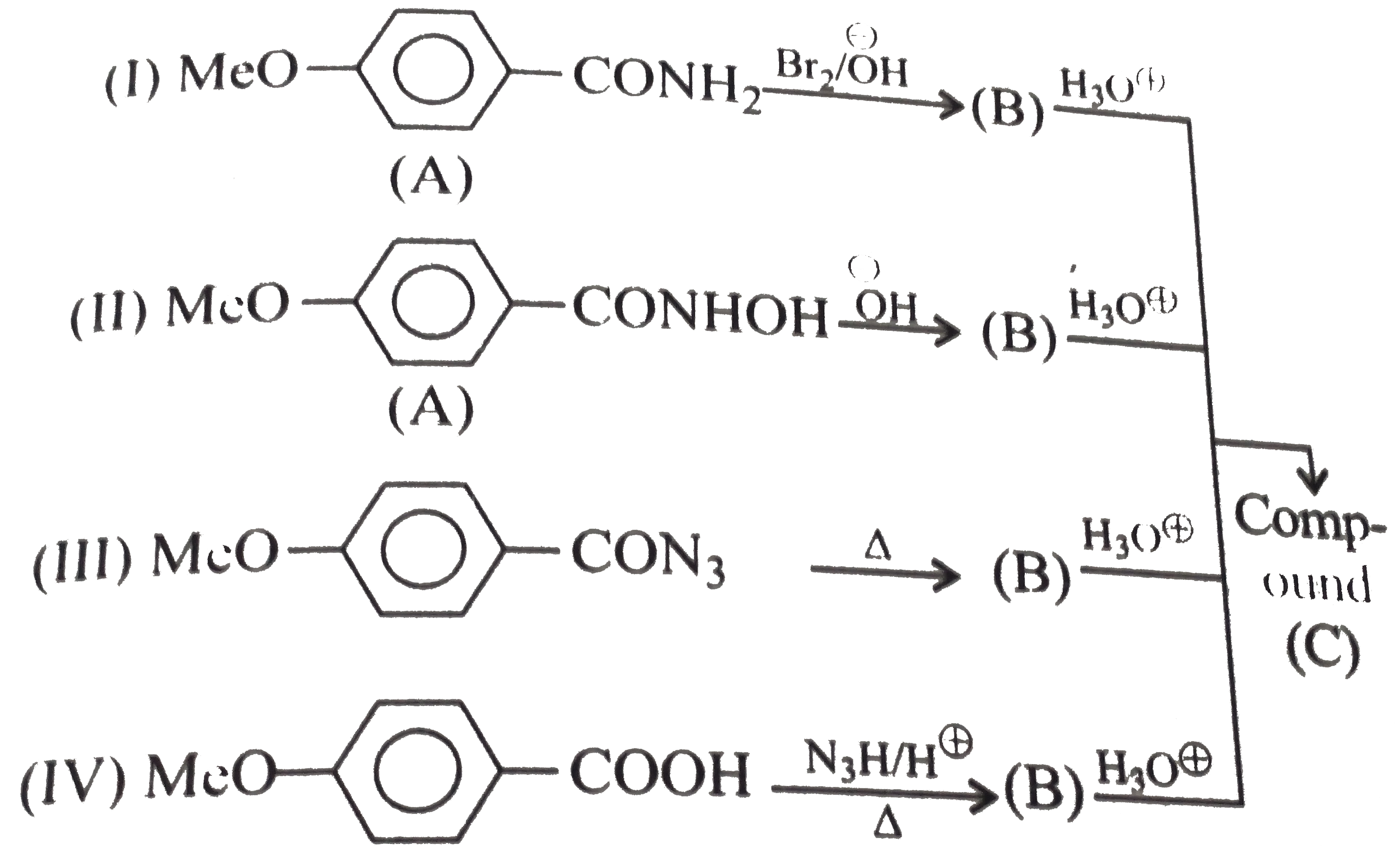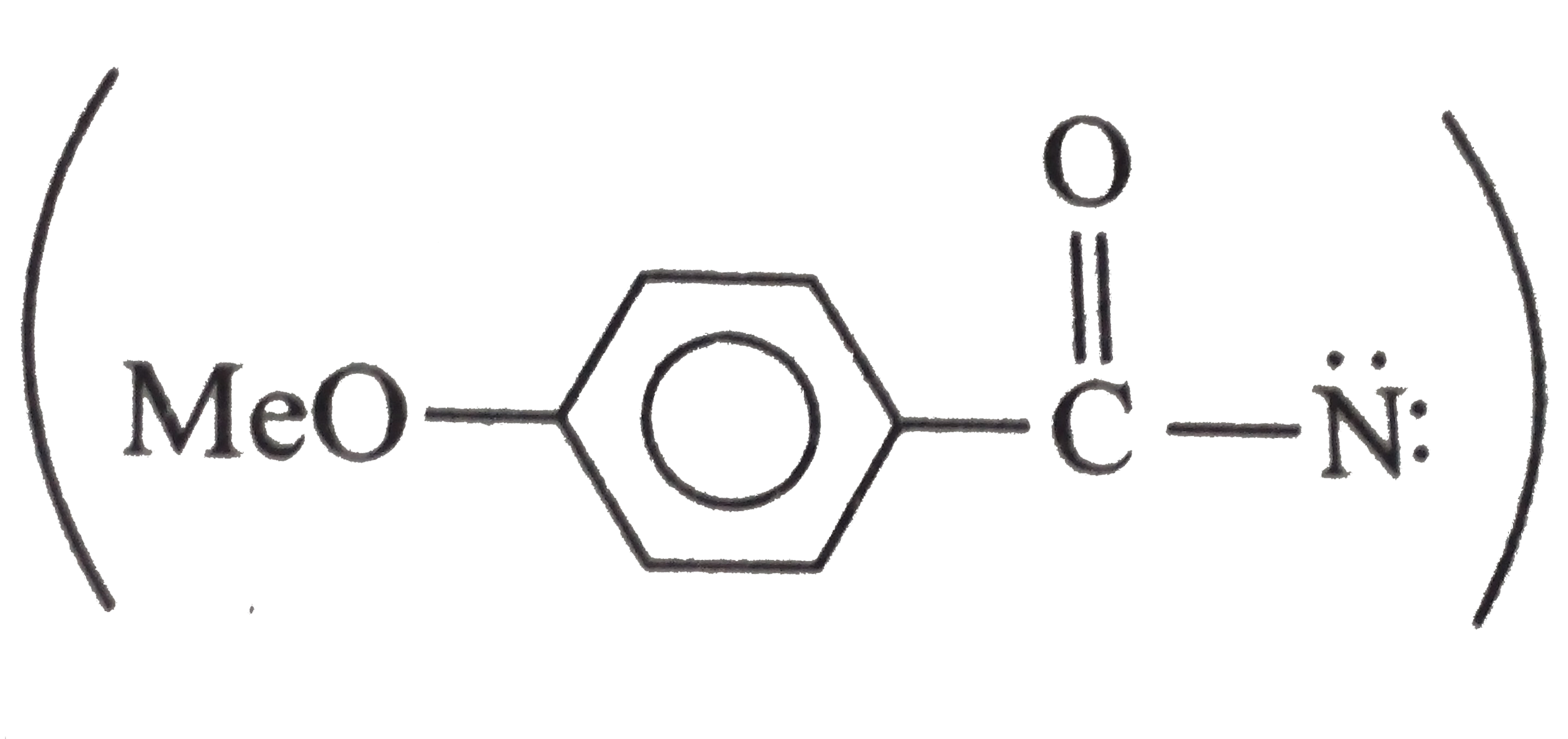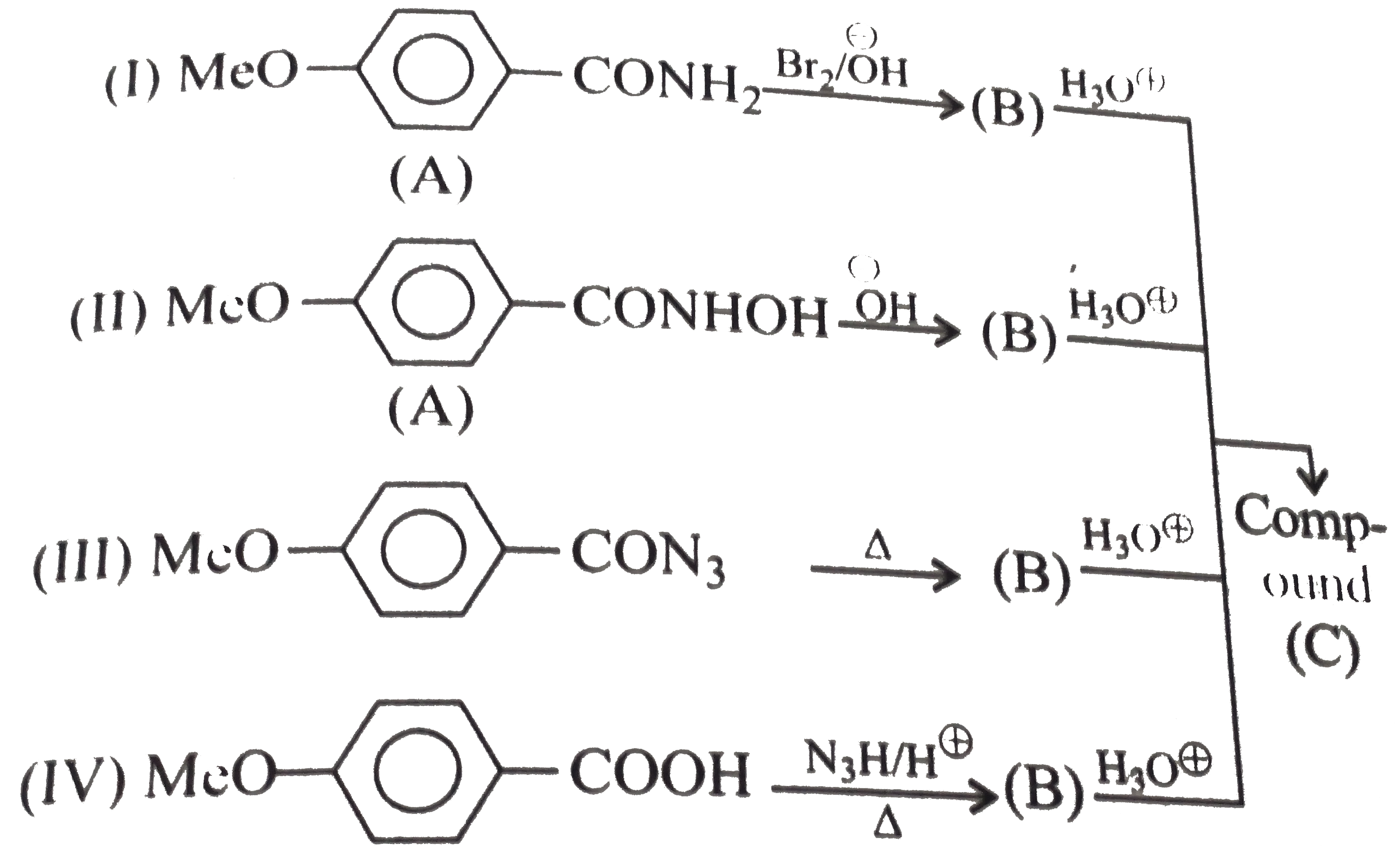Rearrangement reactions are shown by :
A
Carbanion
B
Free radical
C
Carbene
D
Carbocation
Video Solution
Text Solution
The correct Answer is:D
Only carbocation shows rearrangement (but is same cases radical also rearranges).
|
Topper's Solved these Questions
- ORGANIC REACTION MECHANISMBook:CENGAGE CHEMISTRYChapter:ORGANIC REACTION MECHANISMExercise:Assertion-Reasoning
Explore 12 Videos
- ORGANIC REACTION MECHANISMBook:CENGAGE CHEMISTRYChapter:ORGANIC REACTION MECHANISMExercise:Archives
Explore 8 Videos
- ORGANIC REACTION MECHANISMBook:CENGAGE CHEMISTRYChapter:ORGANIC REACTION MECHANISMExercise:Multiple Correct
Explore 30 Videos
- NCERT BASED EXERCISEBook:CENGAGE CHEMISTRYChapter:NCERT BASED EXERCISEExercise:Chemical Equilibrium
Explore 72 Videos
- P-BLOCK GROUP 13 - BORON FAMILYBook:CENGAGE CHEMISTRYChapter:P-BLOCK GROUP 13 - BORON FAMILYExercise:Exercise Archives (Subjecive)
Explore 9 Videos
Similar Questions
Knowledge Check
Four rearrangement reactions are given :

Which statement (s) is/are wrong about the reactions ?
 AAll the reactions proceed via the formation of acyl nitrene
AAll the reactions proceed via the formation of acyl nitrene as intermediate species.BAll the reactions proceed via the formation of alkyl isocyanate as the intermediate compound.CIn all the reaction, the product (C) is p-methoxy aniline.DIn all the reactions, the product (C) is aniline.
as intermediate species.BAll the reactions proceed via the formation of alkyl isocyanate as the intermediate compound.CIn all the reaction, the product (C) is p-methoxy aniline.DIn all the reactions, the product (C) is aniline.Four rearrangement reactions are given :

Which statement (s) is/are wrong about the reaction ?AEDG(¯e−donating group) at o− and p−positions of a migrating aryl group accelerates the reaction.BSlow and rate-determining step (R.D.S) is the formation of isocyanate from acyl nitrene.CThe overall reaction involves the elimination of (CO) as CO2.DUsing optically active reactant, there is retension of configuration in the product.The rearrangement reaction of isobutyl alcohol to tert-butyl alcohol involves modification of the _______.
Afunctional groupBcarbon skeletonCmolecular formulaDAll of these
 rearranges to :
rearranges to :